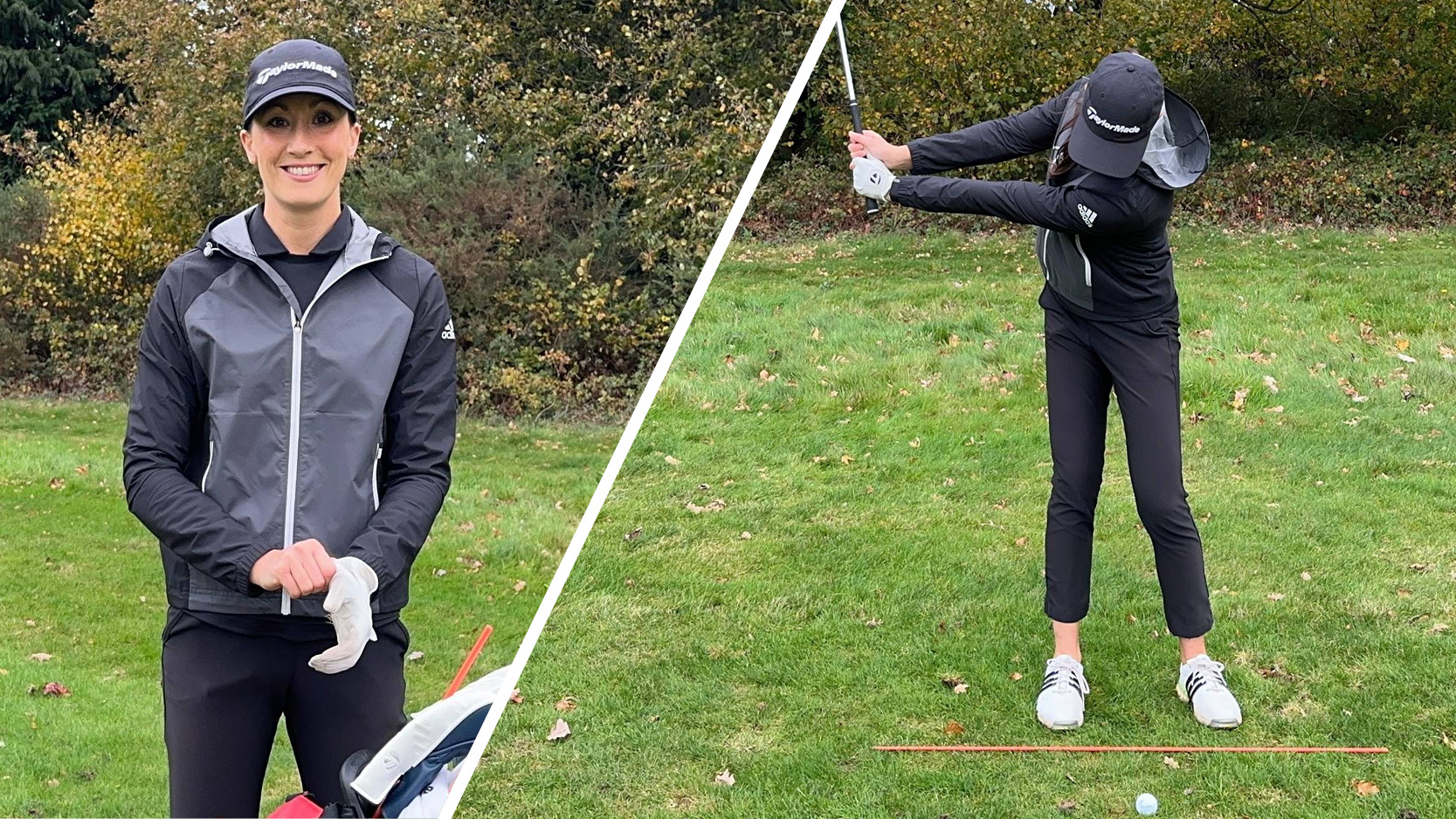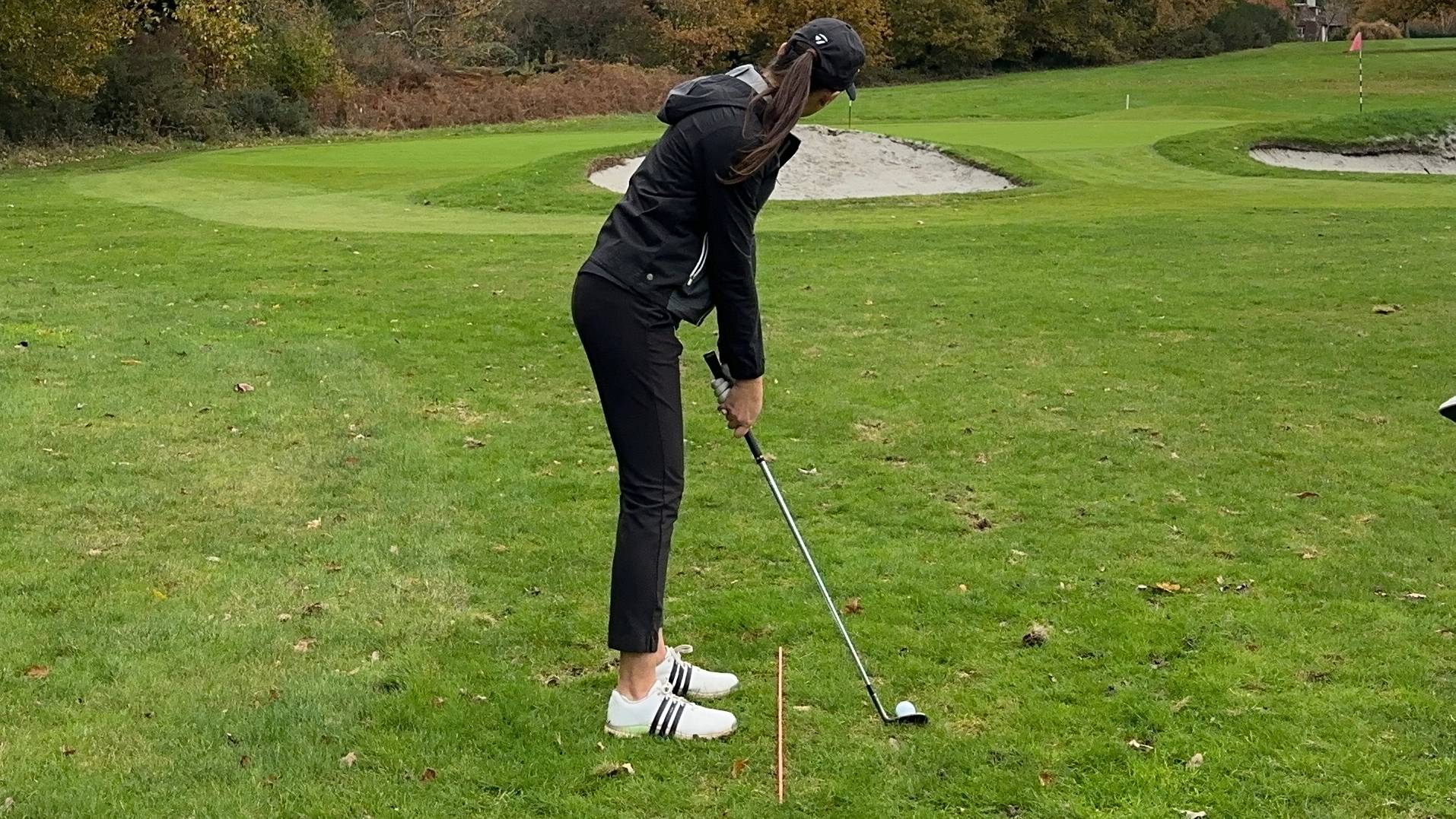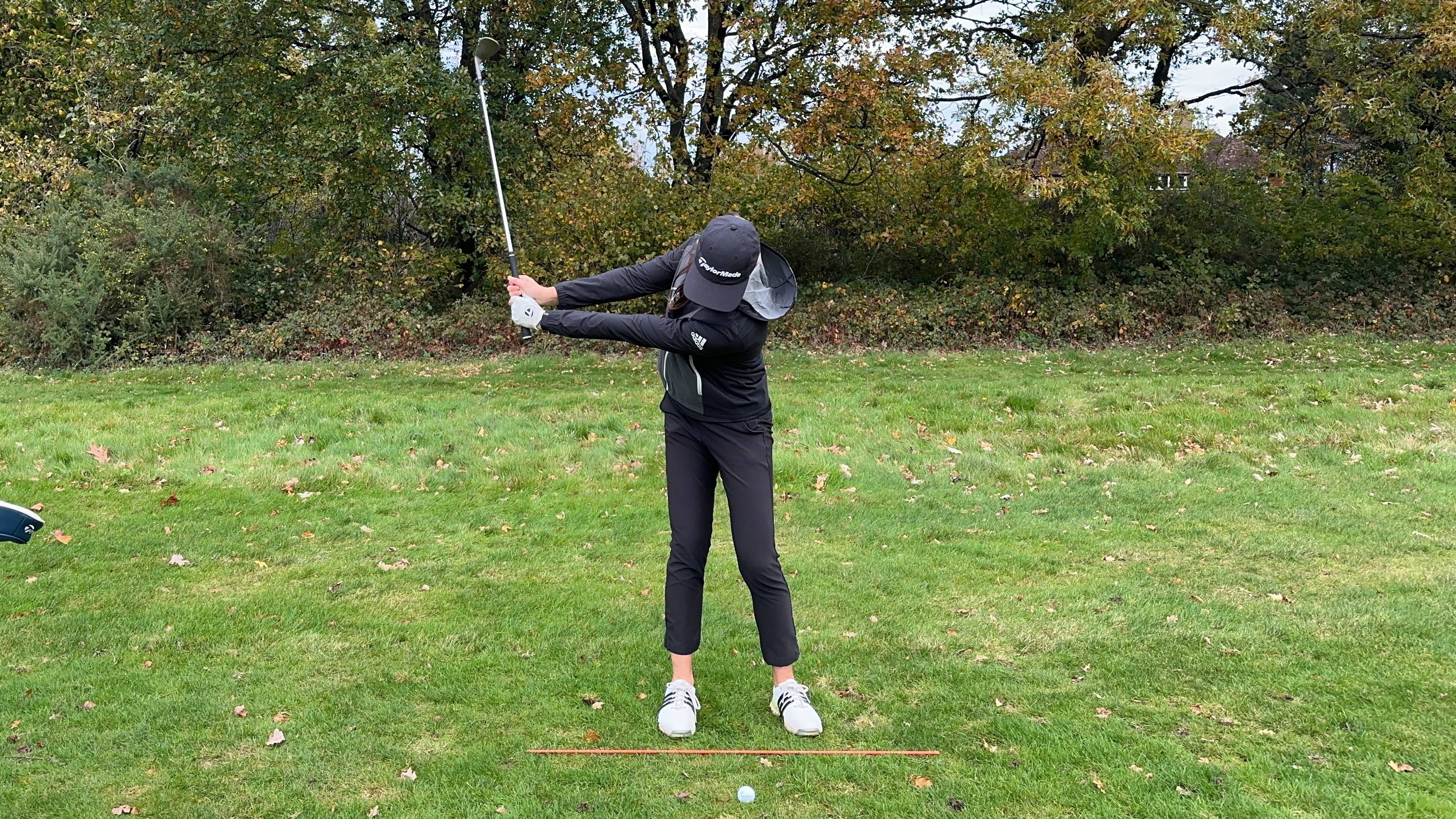Do Your Best Golf Intentions Fade? How To Build A Winter Plan That You Actually Stick To
The off-season is the new season! Single figure golfer Jess Ratcliffe on the best plan for guaranteed progress


Winter might be when most golfers pack the clubs away and wait for those warmer days to return, but it’s also the perfect time to make real progress on your game. The kind of progress that doesn’t come from playing more golf but from training with purpose.
If you’ve ever started the winter with big goals, only to lose motivation as the chilly weather kicks in, you’re not alone. The problem isn’t a lack of effort, it’s a lack of structure. When you try to do too much at once, it’s easy to feel overwhelmed.
But the beauty of these winter months is that we finally have time to work deeply on our game – not just chase a quick fix before next weekend’s Stableford.
Here’s how to create a winter golf plan you’ll actually stick to, so you can come out of it ready to play your best golf yet.
Step 1: Pick Your Purpose Project
I believe there are two key ingredients to building a plan you’ll actually stick to – focus and purpose. Instead of trying to work on a bit of everything at once, choose one area of your game that will have the biggest impact. Then commit deeply to improving it.
It might be a swing change you want to groove, a mental block you’re ready to work through or a targeted skill you want to build – like strike consistency, distance control or confidence over short putts.
Pick the one thing that you know, if you were to give it your full attention this winter, you could make real, measurable progress by spring.
Subscribe to the Golf Monthly newsletter to stay up to date with all the latest tour news, equipment news, reviews, head-to-heads and buyer’s guides from our team of experienced experts.
Your purpose project is your why for the winter. It gives meaning to every session and keeps your motivation high, even when the weather’s against you.
This isn’t about chasing quick fixes – it’s about taking consistent, purposeful action that compounds over time.

Step 2: Build Your Mini Plan
Once you’ve chosen your purpose project, it’s time to turn that focus into a clear plan to follow. The secret is to keep it short and flexible because while winter might feel long, your training cycles don’t have to be.
Break your winter into two-week “mini blocks”, with each block acting as a focused training cycle. They’re short enough to stay motivated but long enough to see real progress, with one cycle naturally building on the last.
For each block, define two things:
The specific change you’re working on
The specific goal you’re working towards
Those two ingredients give every block a clear purpose and a simple way to measure your progress.
Breaking your plan into these mini blocks creates a natural rhythm for improvement. It helps you focus deeply, spot what’s working and adjust based on what you’ve learned before moving onto the next.
It also takes the pressure off. Instead of feeling like winter is a long slog before spring rolls around, you’ll have clear milestones that make every couple of weeks feel meaningful and productive.
Step 3: Plan Your Sessions
A plan is only as good as the week it fits into. Once you know your focus and mini block goals, the next step is to decide how you’ll bring them to life week by week.
Start by defining what a “good week” looks like for you. Maybe that’s two range sessions or a daily visit to the net in your garden. The point isn’t to cram in as much as possible – it’s to create a simple structure you can stick to consistently.
Depending on your purpose project, your sessions might focus on:
Technical work – drills that improve your mechanics, sequencing or strike.
Skill training – challenges that simulate on-course shots and pressure.
Mindset work – exercises that build focus, confidence or bounce-back ability.
When you know exactly what each session is for, it’s much easier to stick to your plan, stay motivated and leave with a sense of progress.

Step 4: Create Feedback Loops
Without feedback, practice can quickly turn into guesswork. You might hit balls and feel like you’re improving but without a way to measure progress, it’s impossible to know what’s actually working. After all, “feel” and “real” can be worlds apart in golf.
That’s where building a simple feedback loop comes in so you can see what’s working, what’s not and adjust accordingly. Instead of spending a whole range session wondering why something isn’t clicking, you’ll have the data to understand why and find a way forward.
As awkward as it might feel at first, I highly recommend filming your swing when you’re working on a technical change. Seeing your swing on video gives you objective feedback and stops old habits from sneaking back in.
If your purpose project is more skill or mental game based, your feedback might be tracking how many targets you hit, how often you commit fully to your routine or how confident you feel over each shot.
Either way, creating a feedback loop takes the guesswork out of improvement and gives you real data to learn from and that’s what turns practice into progress.

Step 5: Track Your Progress & Celebrate It
When you can see your progress, it’s so much easier to stay motivated, especially through the colder months. There’s nothing quite like noticing a swing change start to click or seeing the number of targets hit steadily rise.
Tracking your progress doesn’t have to be complicated. It could be reviewing the swings you’ve filmed over time or making a quick note on your phone after each session – capturing one thing that went well and one thing you want to carry forward.
But it’s not just about tracking your progress, it’s about celebrating it.
At the end of each mini block, take a moment to reflect on the work you’ve put in and the impact it’s had. The gains might feel small but those small gains compound. And by the time spring arrives, they’ll have created a big shift in your game and your confidence.
You don’t need a complicated plan or endless hours on the range to make this winter count. You just need a clear focus, a structure that fits your life and a way to adapt as you go.
If you want a structured plan to follow this winter, my monthly training plan is designed to help golfers go from tinkering on their game to training with purpose. And if you want to see how I’m working on my game, follow me on Instagram.
After cutting her handicap from 34 to 9 in a year, Jess Ratcliffe is documenting how she’s working on her game to get really good at golf on her YouTube channel and Instagram.
You must confirm your public display name before commenting
Please logout and then login again, you will then be prompted to enter your display name.
